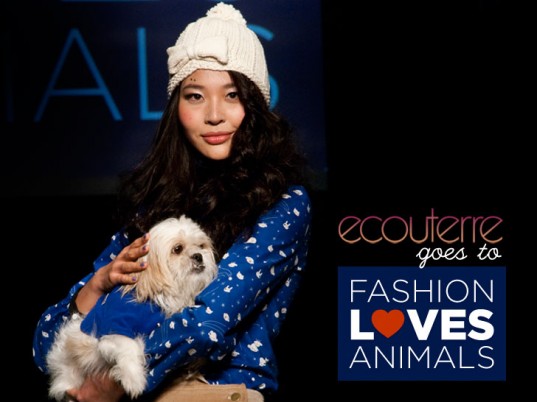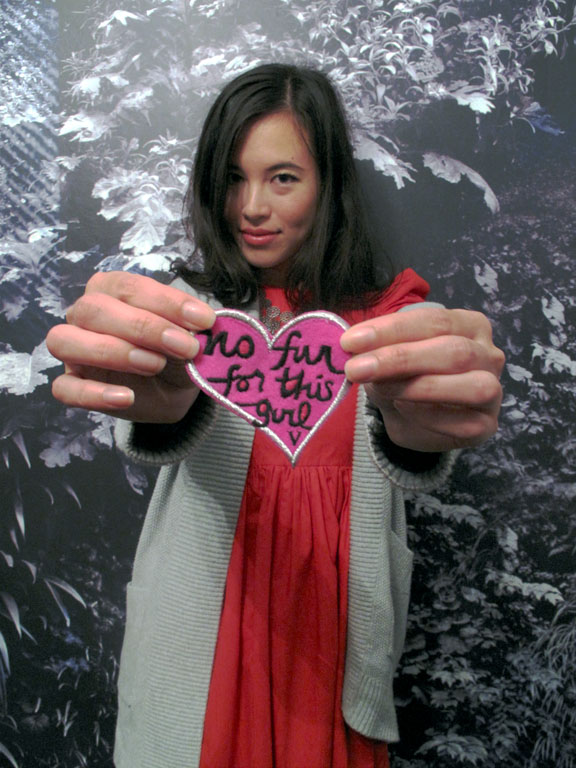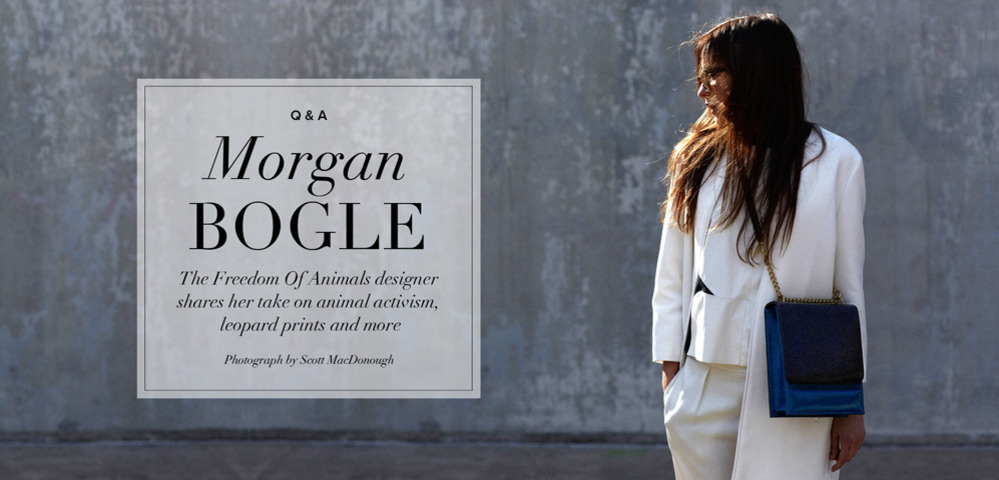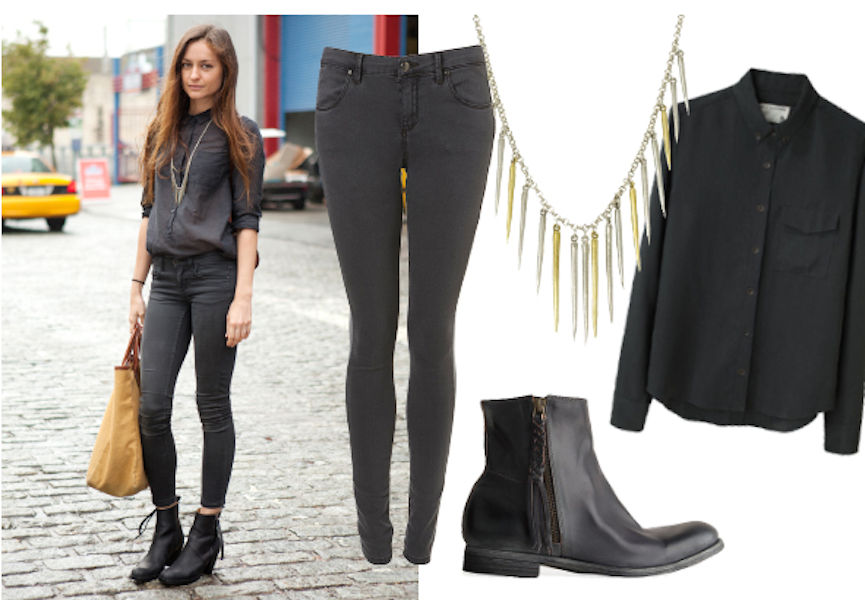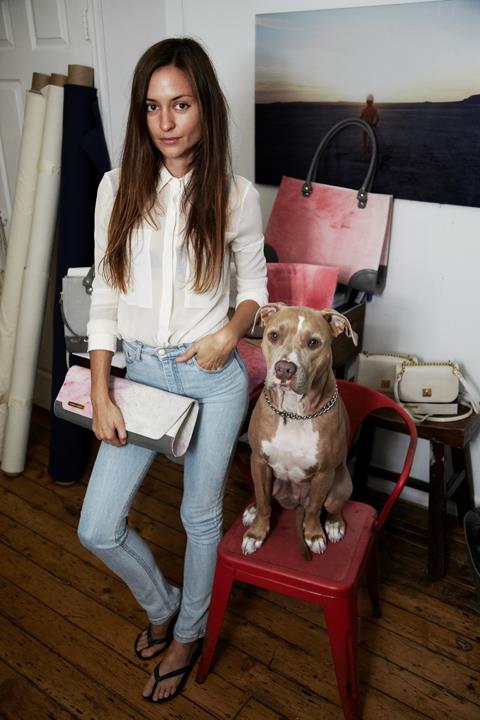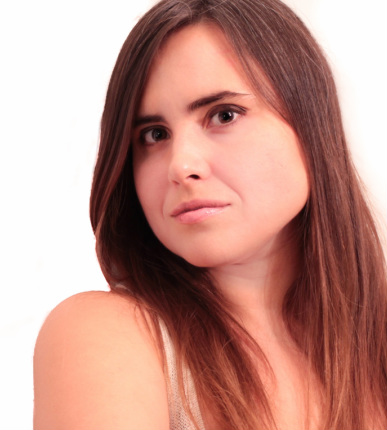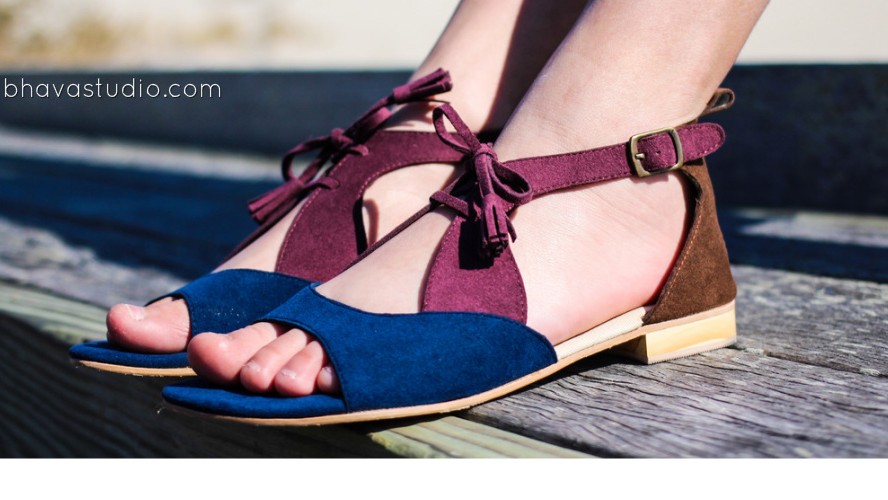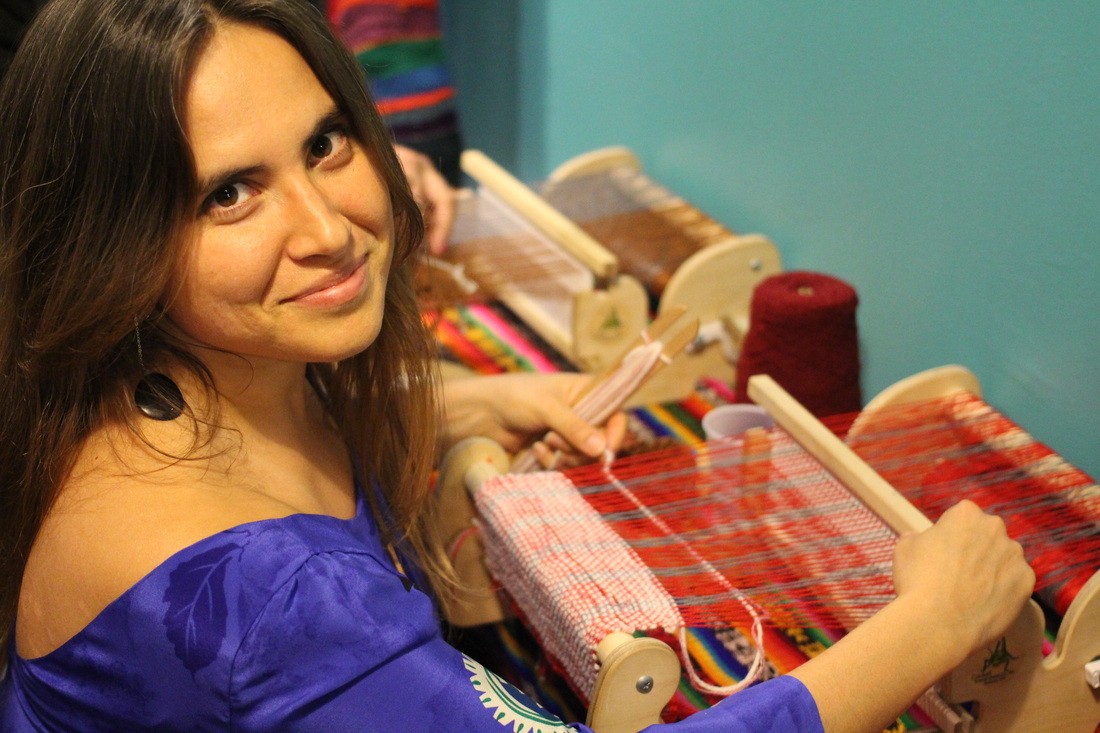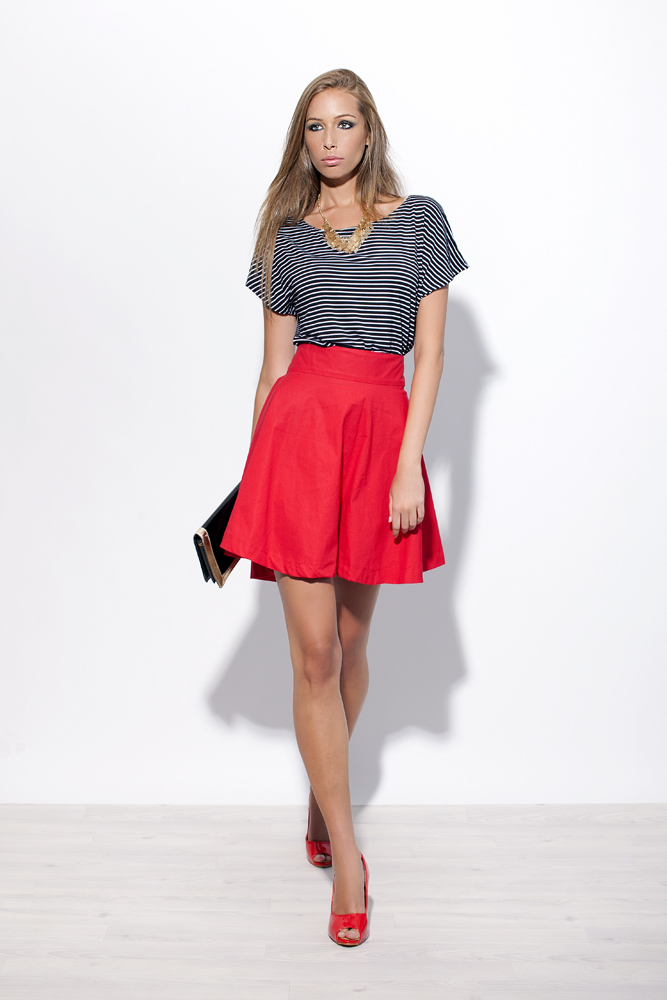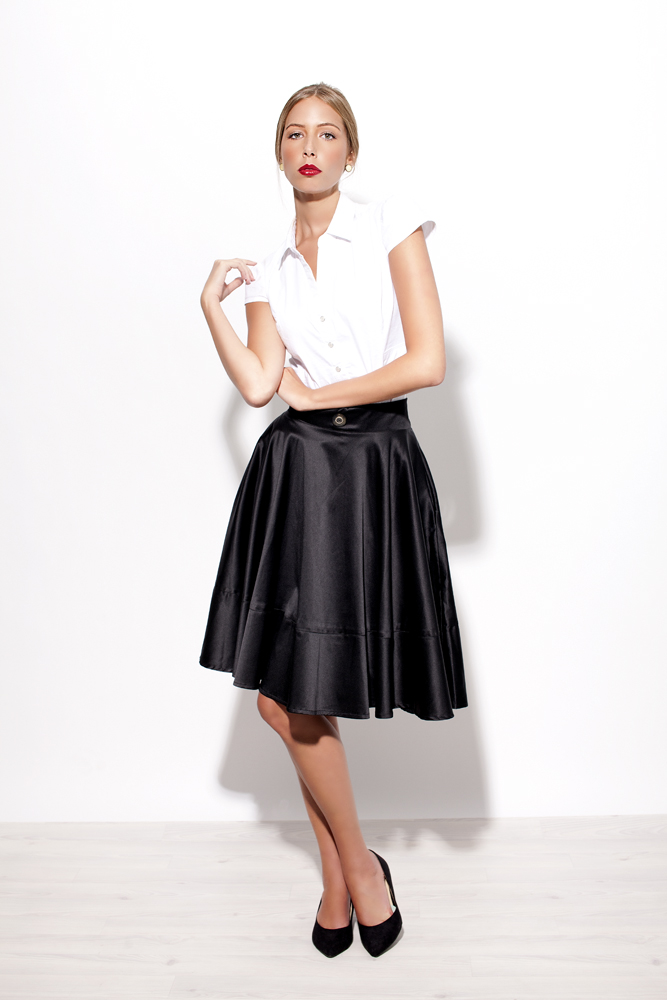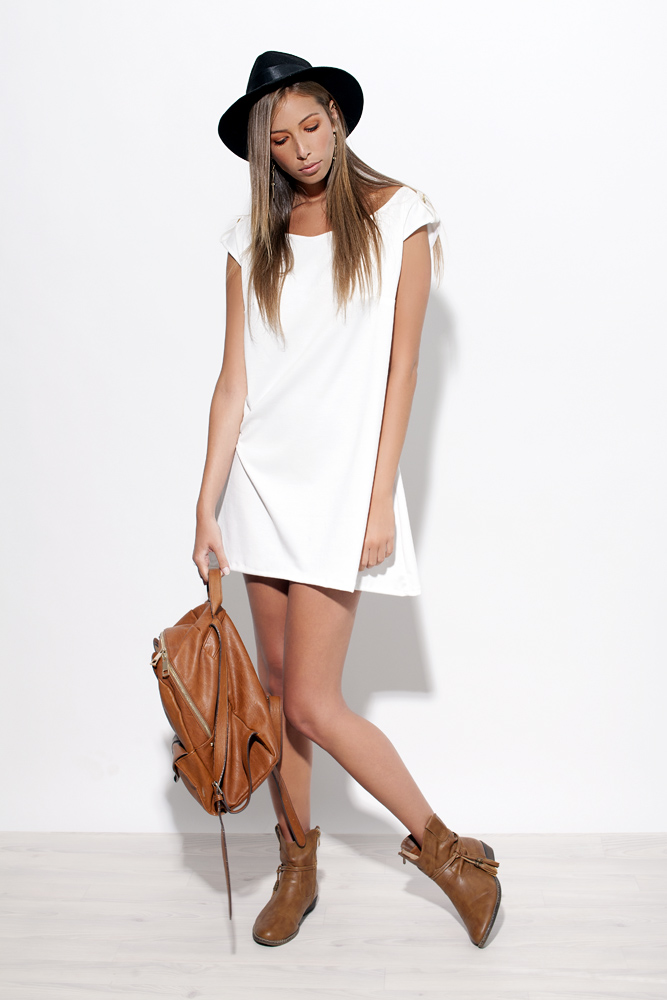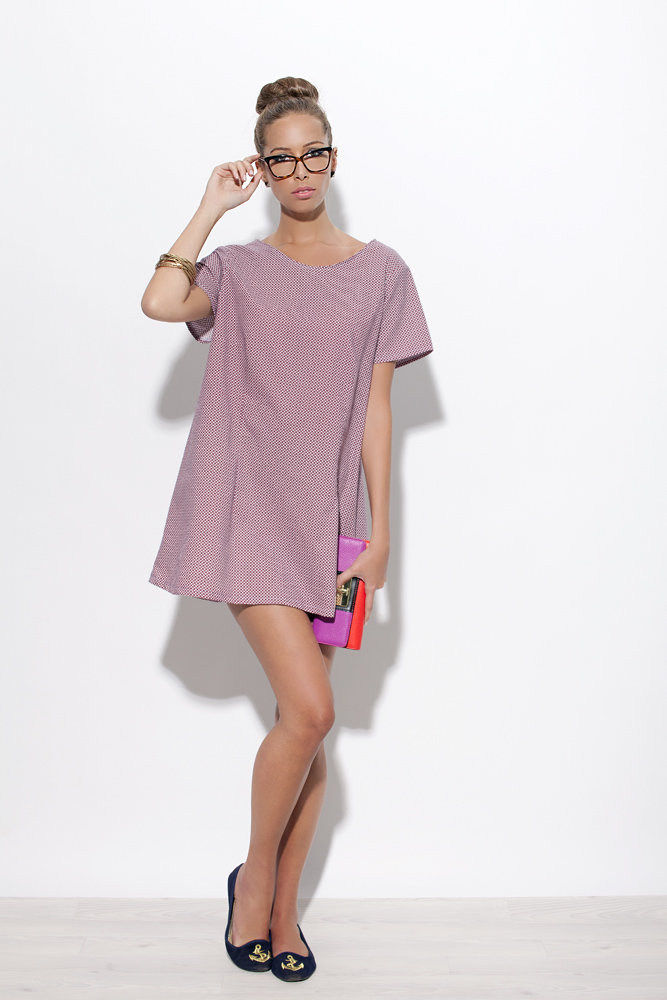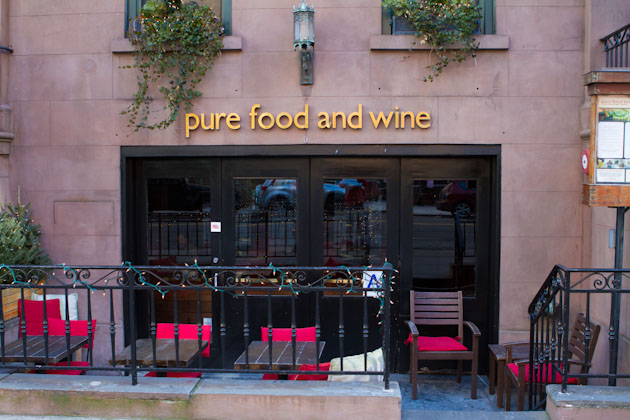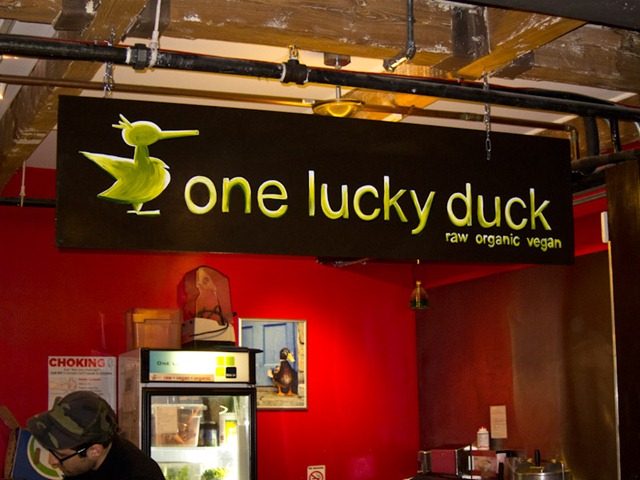How to create a cruelty-free wardrobe
Jacquelyn Lewis is the founder of The Stylish Kind. She was drawn towards independent designers who focused on fashion which put people and animals first, without compromising on style! Their ethical stance was against sweatshops, they wanted to ensure that pollution was minimal and they excluded animal products from their designs.
As a result of being exposed to this, Jacquelyn's wardrobe became cruelty-free and sustainable.
Jacquelyn's goal is firmly established in helping others find style without harming the environment, people or other animals. Below you'll find Jacquelyn's tips on how to turn the decision to make your wardrobe cruelty-free, into a reality.
"You've done the research and you've made the kind choice. You're ready to omit animal products, (including fur, leather, wool, and silk), from your wardrobe. This is a fabulous start!
But then comes the tricky part. How do you take on the transition? Do you ditch all of your non-vegan items immediately, or should you make the change gradually, replacing only items that wear out with cruelty-free choices?
The truth is, it's up to you. There's no right or wrong when it comes to rebuilding your wardrobe, and the process should be fun. There are things to keep in mind, which might make it easier, and that's where some of our favourite designers, and one fashion savvy restaurateur, come in! We gathered some of their best advice from previous Stylish Kind posts, as well as some brand new tips, to help you get started in style.
Happy cruelty-free shopping, swapping, and learning!"
- Jacquelyn Lewis, Founder of the Stylish Kind
"It's a little bit like when you go vegan [with food]. Do you go vegan right away or do you slowly go vegan? Everything about going vegan -- or making any positive change in your life -- is about making it doable for you. If you can do it 80 percent for a year or two years until it gets easier, until you figure out the functionality and your routine of what you eat and what you wear, that's great. ...
The most sustainable thing is to get most of your wardrobe from vintage and thrift. If you do that, you can invest in some [new] pieces from an eco-friendly brand you really love and want to support. You get those [thrift and vintage pieces] cleaned, you get them repaired, you keep those as pieces you'll have forever. Seek out those [eco-friendly] companies, get inspired by the ones that are focusing on different arenas of clothing and find the ones that fit your personality. Invest in those pieces knowing that you're balancing your wardrobe budget with thrift. You fill in the rest with second-hand [clothes]. What's so special about that is [that] people end up with a wardrobe that's all them. It's not something that's just from magazines or what other people are wearing."
- Leanne Mai-ly Hilgart, Founder & Designer, Vaute Couture
"It's getting easier because people are becoming more aware and developing alternatives in the fashion industry, but reading all about the process of everything is so important -- knowing what the source of everything is, where it is made, what the material is, was a person or animal hurt to create it. Are there chemicals in it? Knowing the difference between PVC and polyurethane. Knowing that wool and cashmere and silk come at a cost. Being aware is step one, and then finding it will become easier."
- Morgan Bogle, Co-founder & Designer, Freedom of Animals
"For me the toughest part of a cruelty-free Wardrobe is replacing leather products with long lasting quality alternatives that are PVC-free. According to the Center for Health, Environment & Justice, the production of PVC requires chemicals like the "highly polluting chlorine," the "cancer-causing" vinyl chloride monomer (VCM), and ethylene dichloride (EDC). They also claim that PVC plastic requires large amounts of toxic additives to make it stable and usable. These additives are released during use and disposal, resulting in "elevated human exposures to phthalates, lead, cadmium, tin, and other toxic chemicals." PVC is not a long-term "cruelty-free" solution... So, as far as replacing your leather accessories such as bags, belts, and shoes, the easiest and least expensive option is going vintage. If you like sewing you can DIY a simple tote from a sturdy fabric like denim, or an old pair of corduroys. When it comes to shoes, it gets a little complicated because they are not so easy to DIY, and finding the right size in vintage can be time consuming. If you are on the lookout for ‘cruelty-free’ shoes, try to find a brand that does not manufacture with leather in any of its products and can give you info about the materials used and where they are manufactured. You are more likely to find this from small designers."
- Francisca Pineda, Founder & Designer, Bhava
"When you purchase an outfit online, whether you shop locally or internationally, online or offline, make sure you buy from a cruelty-free designer or brand. Young designers gladly announce it, either in the shop policy, or on the label or logo or the [home] page of their website. Popular brands such as Topshop, H&M and American Apparel brag about their conscious collections. If you're not sure about an outfit check the label -- the label reveals the fabric mix. Avoid faux fur -- it [might be mislabeled and] made from rabbit or dog's fur; it is heartbreaking. You don't have to toss [your old items]. Instead throw a clothes swap party. Swap those outfits [non-vegan] with a person [who doesn't mind wearing non-vegan items] or donate them to charity. It is not ideal, but at least that way you make an eco-friendly event out of it."
-Oshra Pahima-Shemesh, Founder & Designer, Oshra
"Keep everything you have and take good care of it. I have some non-vegan clothes (an old men’s Theory leather jacket I bought 15 years ago, some boots, lots of sneakers) and keeping them in good condition lets me get more wear out of them. I wouldn't want to buy most of the sneakers I still wear because a lot of them are suede, but I bought them years ago, so will make them last as long as I can. ...In the meantime, there are more and more good options out there. If you’re a guy, Brave Gentleman shoes are beautiful... For accessories, I love Matt & Nat. I'm obsessed with my wallet from them. Finally, buying second-hand is also a good way to go. I bought an Armani black label beautiful suit (that happened to fit me perfectly) from eBay. When I wear it all I want to do is brag that I got it from eBay."
- Sarma Melngailis, Owner & Founder of Pure Food and Wine & One Lucky Duck
Were you aware of some of these strategies already?
If you have tried them out, how did it pan out for you?
If this is news to you, do you think you can you use some of these ideas to make a compassionate shift in your wardrobe?
Keep me posted!
Related posts
Compassionate Closet
The V Angle
Edelji
Will's Shoes
Why don't vegan wear silk?
Why don't vegans wear wool?
Why don't vegans use or buy fur?
How to find out whether something is made from animals or not
You can buy vegan shoes without spending a fortune
Argyleculture is completely cruelty-free. When asked whether he thinks that sustainable fashion makes business sense, he answered:
"Yes. There are all kinds of alternatives to fur and a lot of creative alternatives to leather and all kinds of money to be made. And there’s a white space, and as more people become more conscious, there is an opportunity to do a lot more things that are creative and different. There’s a big hole as more people are becoming more aware and would like to know that their products are less harmful to the earth and to animals."
- Russell Simmons


